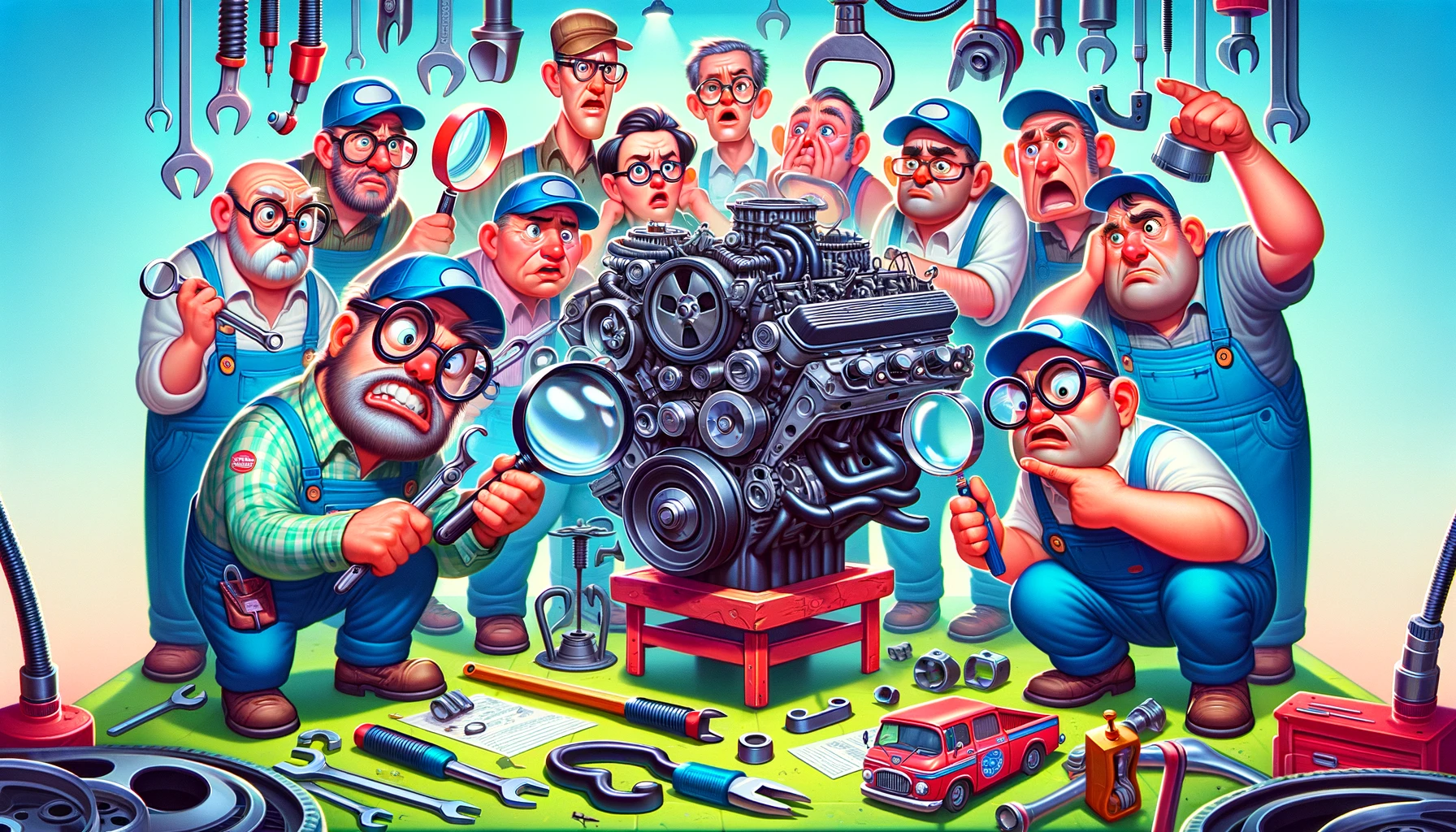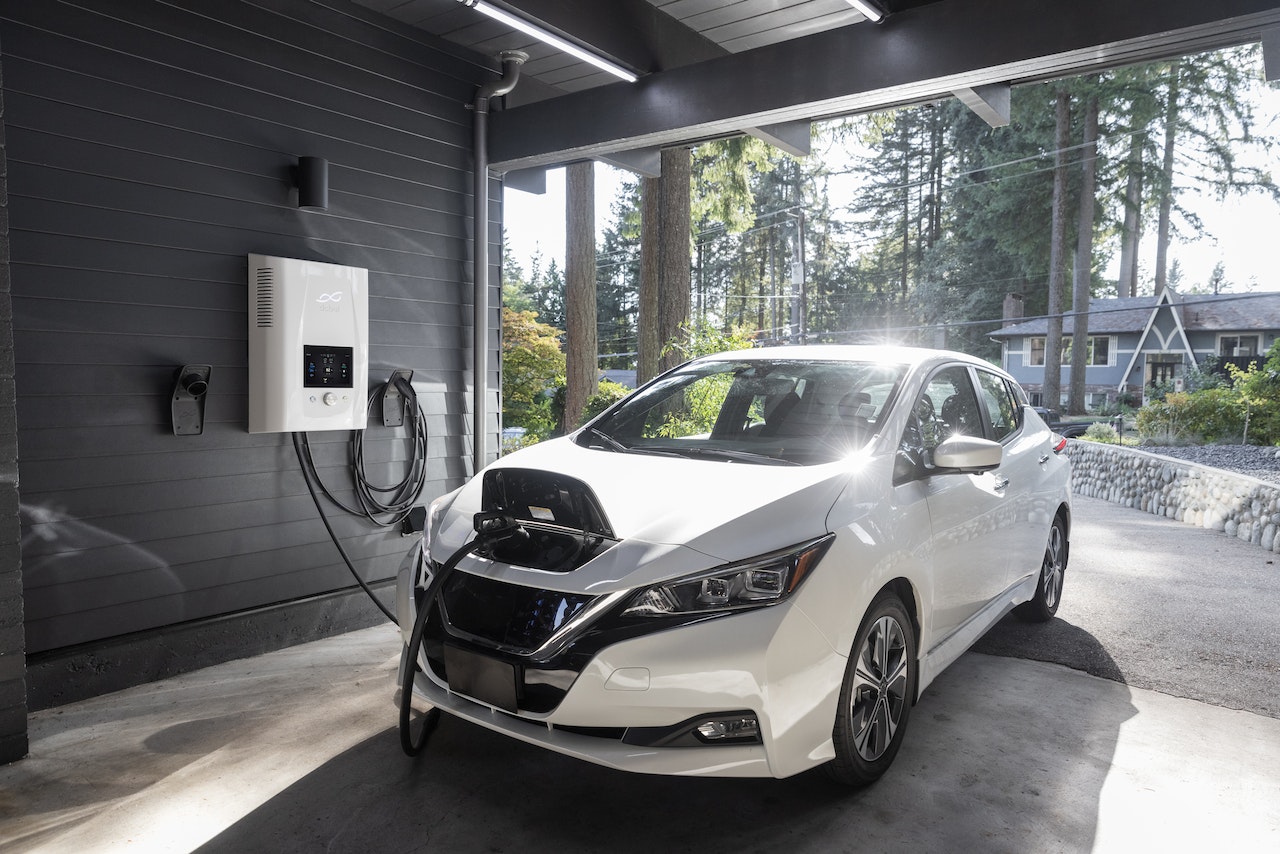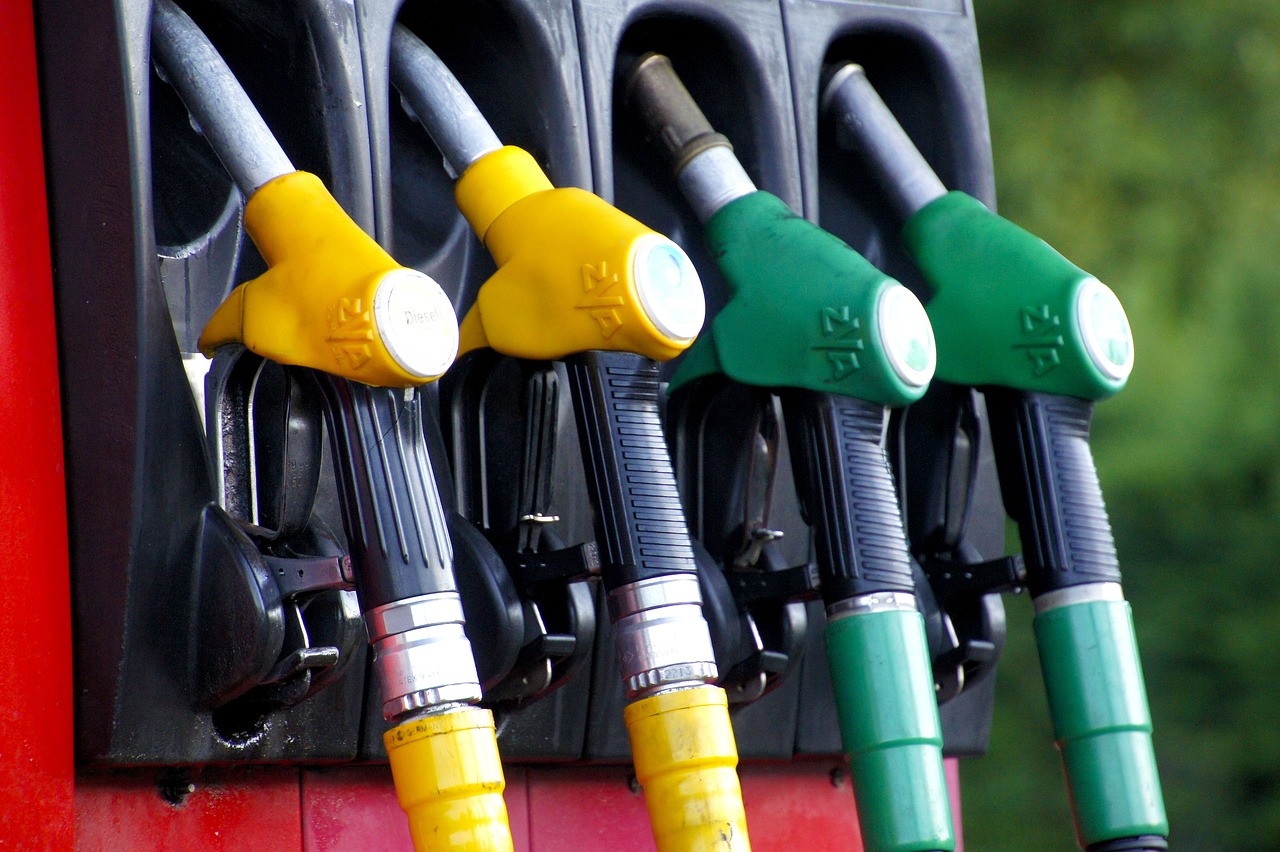The car engine – that magical mystery box nestled under your car’s hood. You know, the thing you swear at when it doesn’t start on a Monday morning. But have you ever stopped to wonder what goes on in that metallic maze? Let’s dive into the world of pistons, spark plugs, and other engine gizmos, shall we?
The Great Symphony of the Internal Combustion Engine
First off, let’s talk about the heart of the matter – the internal combustion engine. This is where tiny explosions happen, much like your temper when someone takes your parking spot. The internal combustion engine is a drama queen that operates on four dramatic acts: intake, compression, power, and exhaust. These are also known as the four strokes, and no, I’m not talking about painting here.
1. Intake: The Appetizer
The show starts with the intake stroke. Imagine this: the engine’s piston goes down, much like your mood on a rainy day. This movement creates a vacuum, not unlike the one you should’ve used on your living room carpet last weekend. This vacuum sucks in a mix of air and fuel into the cylinder – think of it as the engine taking a deep breath before it screams down the highway.
2. Compression: Squeezing the Air Like Your Favorite Stress Ball
Next up, compression. The piston moves back up, squishing this air-fuel mixture with the enthusiasm of a kid squeezing a stress ball. This step is crucial because it’s like packing a firecracker into a tiny space – it’s all about making the big bang even bigger.
3. Power: The Star of the Show
Then comes the power stroke, the diva of the engine opera. The spark plug, a little sparky thing that lives up to its name, ignites the compressed air-fuel mixture. BOOM! This creates an explosion (controlled, of course, unlike your last kitchen experiment), forcing the piston down and producing power. This is the “vroom vroom” part that makes your car actually move.
4. Exhaust: Time to Take Out the Trash
Finally, we have the exhaust stroke. After the party’s over, it’s time to take out the trash. The piston moves up again, pushing out the used-up gases, a polite way of saying engine farts, through the exhaust valve. It’s like the engine’s way of saying, “Thank you, next!”
The Unsung Heroes – Spark Plugs, Valves, and Camshafts
But wait, there’s more! You can’t talk about car engines without mentioning the unsung heroes: spark plugs, valves, and camshafts. These components may not grab the headlines, but they’re the equivalent of a Broadway show’s backstage crew, ensuring that every performance goes off without a hitch.
1. Spark Plugs: The Fire Starters
Let’s start with the spark plugs, the life and soul of the engine’s party. These little guys are the master of ceremonies when it comes to igniting the air-fuel mixture inside the engine’s combustion chambers. Here’s how they work their magic: when the right moment comes (I’m talking milliseconds), they unleash a tiny but mighty electrical spark. This spark is the match that lights the fire – it ignites the compressed air-fuel mixture, causing a mini explosion that powers your engine. It’s like the friend who’s always ready with a lighter to kickstart a bonfire.
But it’s not just about throwing sparks. These plugs need to withstand extreme heat and pressure, not to mention corrosive gases, all while maintaining their cool (literally and figuratively). They’re like firefighters who are also performing a tightrope act – a balance of precision, timing, and durability.
2. Valves: The Gatekeepers
Next in line, the valves. Imagine them as the bouncers at the club of your engine’s cylinders. They have two main roles: letting in the fresh mix of air and fuel (the intake valves) and showing the door to the burnt gases (the exhaust valves). And timing here is everything. Open or close too early or too late, and the engine’s performance drops faster than a bad DJ’s set.
Each valve is precisely timed to open and close at the exact moment in the engine’s cycle. This synchronization is crucial for efficient engine operation. If they fail, it’s not just a minor hiccup. It’s akin to having the bouncers at your club taking a nap – chaos, inefficiency, and a total buzzkill for your engine’s performance.
3. Camshafts: The Conductors
Last but not least, we have the camshafts, the maestros of this mechanical orchestra. A camshaft’s job is to orchestrate the opening and closing of the valves in time with the engine’s pistons. It does this through a series of lobes (or cams) that push against the valves or valve lifters at just the right moment.
But it’s not just a simple push. The shape of these lobes determines how long and how far the valves open. It’s like a conductor not only setting the rhythm but also controlling the volume and pitch of each note. And if the camshaft is out of sync? Well, it’s like having a conductor who’s lost their sense of rhythm – the music (or in this case, the engine) just won’t flow right.
Keeping Cool and Staying Lubricated
Just like you after a marathon Netflix session, your engine can get hot and cranky. To prevent it from having a full-blown meltdown (literally), let’s shine a spotlight on the heroes of the engine world: the cooling and lubrication systems.
1. Cooling System: The Engine’s Personal AC
Think of the cooling system as your engine’s personal air conditioner. But instead of freon, it uses coolant – a special liquid designed to absorb engine heat. This coolant circulates through the engine, soaking up heat like a sponge. But a sponge can only hold so much water, right? Similarly, the coolant can only absorb so much heat before it needs to chill out.
Enter the radiator, the engine’s personal beach. The hot coolant heads there to cool off, dissipating heat into the air (thanks to the help of a fan, much like your desk fan on a hot day). Once it’s cooled down, the coolant takes another trip through the engine, ready to absorb more heat. This cycle keeps your engine at the perfect operating temperature – not too hot, not too cold, but just right.
2. Lubrication System: Slippery When Wet
Now, let’s talk about the lubrication system, which is all about keeping things smooth and friction-free. Your engine has a lot of moving parts – pistons, valves, shafts – and they all need to glide past each other without starting a friction fire. That’s where engine oil comes into play, the secret hero of your car’s inner workings.
Engine oil is more than just a slippery substance. It’s a high-tech fluid designed to reduce friction, cool engine parts, and carry away dirt and debris. It acts like a personal masseuse for your engine’s parts, ensuring they all move smoothly, without any grinding or gnashing of metal teeth.
The oil starts its journey in the oil pan, then gets pumped around the engine, visiting every nook and cranny. It lubricates, cools, and cleans, then drains back down to the oil pan, picking up heat, dirt, and engine wear particles along the way. Think of it as the engine’s circulatory system, but instead of blood, it’s pumping life-giving oil.
The Transmission – The Art of Shifting Gears
As we near the end of our engine odyssey, we arrive at a piece of engineering wizardry: the transmission. This is where your engine’s raw power is refined and harnessed, transforming it into smooth, controlled movement on the wheels.
1. Manual vs. Automatic: Choose Your Fighter
Picture this: in the red corner, the manual transmission, the choice for those who want full control. Driving a manual is like being a DJ at a club – you choose the beat and set the rhythm. It involves a dance between the clutch pedal (yes, that third one), the gear stick, and your sense of timing. It’s a more engaging driving experience, but it demands more skill and attention. Perfect for those who enjoy a hands-on approach and don’t mind giving their left leg a bit of a workout.
In the blue corner, we have the automatic transmission, the more laid-back cousin. It’s like having a smart assistant who does the heavy lifting for you. No clutch pedal, no gear stick dance – just put it in ‘Drive’ and let the car handle the gear changes. It makes driving smoother and less demanding, especially in stop-and-go traffic. It’s ideal for those who prefer convenience or those who multitask (like sipping coffee while navigating rush hour).
2. Gearing Up for Efficiency
Whether manual or automatic, the transmission has a crucial role: ensuring that your engine runs at peak efficiency. It’s like a great personal trainer – it knows when your engine needs to push hard and when to relax. The transmission adjusts the gear ratio between the engine and the wheels, making sure your engine doesn’t overexert itself while providing enough power to your wheels.
In simple terms, lower gears provide more power but less speed (think starting up or climbing a hill), while higher gears provide less power but higher speed (cruising down the highway). The transmission shifts gears to match your driving needs, balancing the engine’s workload with the demands of the road.
Automatic transmissions take this a step further with advanced technology that can adjust shift patterns based on driving conditions and even learn your driving habits for optimal performance and fuel efficiency.
Diesel Engines – A Different Breed
While we’ve been romping through the world of standard gasoline engines, let’s not forget their robust cousin: the diesel engine. Diesel engines are like the rugged outdoorsmen of the engine world – they’re built for endurance and efficiency. Here’s how they stand apart:
1. The Fuel Factor: Diesel vs. Gasoline
First off, the fuel. Diesel fuel is like the whole wheat bread of the fuel world – denser and packed with more energy. This means diesel engines can squeeze more miles out of each gallon, making them champions of fuel efficiency. They’re the tortoises in the race, winning on endurance rather than speed.
2. Ignition: Compression vs. Spark
Now, let’s talk about ignition. In your standard gasoline engine, spark plugs are the party starters, igniting the fuel. Diesel engines, however, don’t need these sparky assistants. They rely on compression ignition – air is compressed to such a high degree that it’s hot enough to ignite the diesel fuel on its own. It’s like starting a fire by rubbing sticks together instead of using a lighter.
3. Power and Torque: The Muscle
When it comes to power, diesel engines are the strong, silent types. They may not rev as high or accelerate as quickly as gasoline engines, but where they shine is torque – the force that actually gets your car moving and hauls heavy loads. This makes diesel engines ideal for trucks, buses, and anyone who needs to tow a trailer as big as a house.
4. Longevity and Durability
Another feather in the diesel engine’s cap is durability. These engines are built to last – they’re the marathon runners of the engine world. With fewer high-stress components (like spark plugs), they tend to have a longer lifespan and can take a beating better than their gasoline counterparts.
5. Emissions and Environment
It’s not all roses, though. Diesel engines have been in the hot seat for emissions. While they emit less carbon dioxide, they have been notorious for higher levels of nitrogen oxides and particulates. But modern diesels have come a long way, with advanced emission control technologies making them much cleaner than their older siblings.
Conclusion
So, there you have it – a whirlwind tour of what goes on under the hood of your car. From controlled explosions to cooling cocktails and oil massages, your car’s engine is a marvel of modern engineering, with a dash of drama and a sprinkle of magic. Next time you turn the key in your ignition, spare a thought for the symphony of parts working in harmony to get you from point A to point B. And maybe, just maybe, treat your car to a nice wash – it’s been through a lot.
Pro Tips: Keeping Your Engine Happy and Your Sanity Intact
- Regular Check-Ups: Like Going to the Doctor, but for Your Car
Just like you, your car needs regular check-ups. Regular maintenance is key. Ignoring that strange noise or light on your dashboard is like ignoring a 2 AM text from your ex – it might not be a problem now, but it will be later.
- Oil Changes: The Engine’s Spa Day
Changing your oil is like giving your engine a spa day. It’s essential for its health and longevity. Remember, your engine loves its oil like you love your morning coffee – it’s not the same without it.
- Keep It Clean: Not Just for Show
Keeping your engine clean isn’t just for show. A clean engine runs cooler and more efficiently. Think of it like cleaning your room – you’re less likely to trip over something in the dark.
- Listen to Your Car: It Talks, in Its Own Way
Pay attention to your car’s sounds and quirks. If it starts making new noises, don’t just turn up the radio and hope for the best. It’s like ignoring a cough – it could be nothing, or it could be the start of something worse.
- Know the Basics: You Don’t Need to Be a Mechanic
Understanding basic car engine terminology and function isn’t just for mechanics. It’s like knowing how to cook a basic meal – it’s a life skill that can save you time, money, and stress.
- Watch the Temperature: Your Engine Can’t Sweat It Out
Keep an eye on your engine’s temperature gauge. Overheating can lead to serious problems, and unlike you, your engine can’t just take off a layer of clothing when it gets hot.
- Belts and Hoses: The Unsung Heroes
Check your belts and hoses regularly. They’re like the arteries of your car – you don’t see them, but if they fail, you’re in for a world of trouble.
- Fuel Matters: Your Car Is What It Eats
Use the right fuel. Just like you wouldn’t fill up on junk food before a marathon, don’t skimp on the quality of your fuel. Your engine will thank you with better performance and efficiency.
- Battery Health: The Heart of the Matter
Keep an eye on your battery’s health, especially in extreme temperatures. A dead battery is like a heart attack for your car – it’s going nowhere fast.
- Treat It Well: Respect the Machine
Finally, treat your car with respect. It’s not just a hunk of metal – it’s a marvel of engineering that gets you where you need to go. Be kind to it, and it will be kind to you.
Frequently Asked Questions: Car Engine Edition
The old rule of thumb is every 3,000 miles (5,000 km) or 3 months, whichever comes first. But let’s be real, with modern oils and cars, it’s more like 5,000 to 7,500 miles (8,000-12,000 km). Check your car’s manual – it’s not just for squashing spiders in the glove box.
If your car sounds like a cat in a washing machine, then yes, you should be worried. But seriously, any new or strange noises are your car’s way of saying, “Help me, I’m not feeling well!” Get it checked out before it turns into an expensive silence.
Driving an overheating car is like trying to run a marathon with a fever – not a good idea. If your car’s temperature gauge is in the red, pull over safely and call for help. It’s better to be late than to turn your engine into a pricey paperweight.
This isn’t the 1980s, and your car isn’t a cassette tape that needs rewinding. Modern engines don’t need more than a few seconds to warm up, even in winter. Just take it easy for the first few minutes of driving.
Premium fuel is like gourmet food for certain cars. If your car’s manual says ‘premium fuel only’, then it’s not just being snobby. However, if it says ‘regular unleaded’, then filling it with premium is like feeding caviar to a cat – a waste of money.
Checking your car’s oil is easier than fixing a Wi-Fi router. Just pull out the dipstick, wipe it clean, reinsert it, then pull it out again to check the level. Low oil is a cry for help from your engine.
The ‘check engine‘ light is like your car’s mysterious way of saying something’s wrong, but it’s not going to tell you what. It could be something simple or serious. Best to get a professional to decode its cryptic message.
The timing belt is like the unsung hero of your engine. If it breaks, it can cause catastrophic damage. Think of it as the belt holding up your pants – you don’t want to be caught without it.
If you’re handy with tools and have a YouTube degree in car mechanics, maybe. But for the rest of us mere mortals, it’s often best to leave it to the professionals. Remember, YouTube can’t tow your car to the shop.
Losing power uphill can be due to a variety of issues – from simple things like a dirty air filter to more serious concerns like transmission problems. It’s like your car is saying, “I can’t climb this mountain without a little help!”



